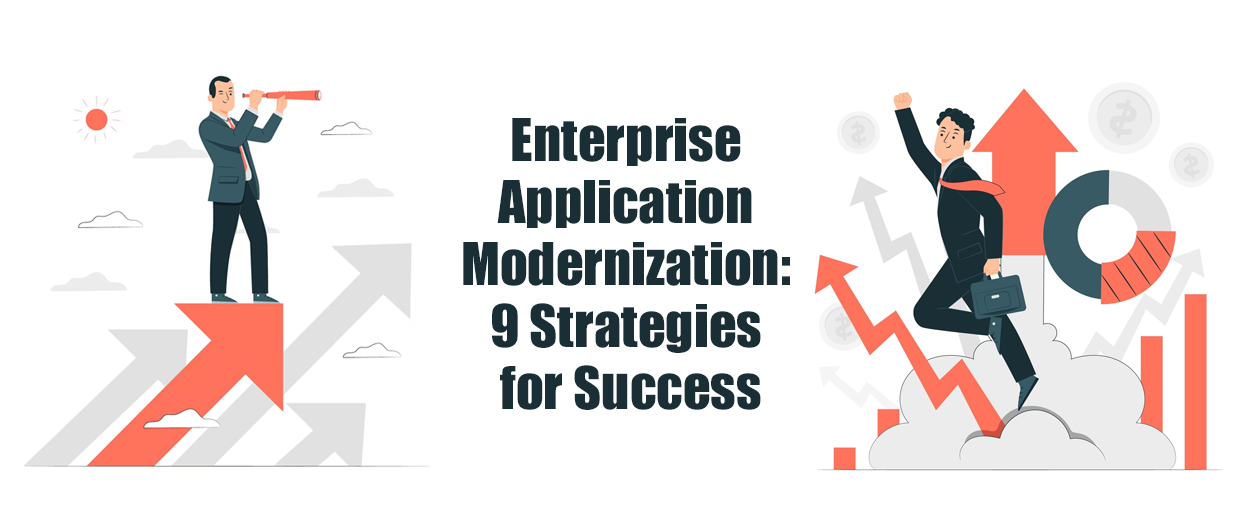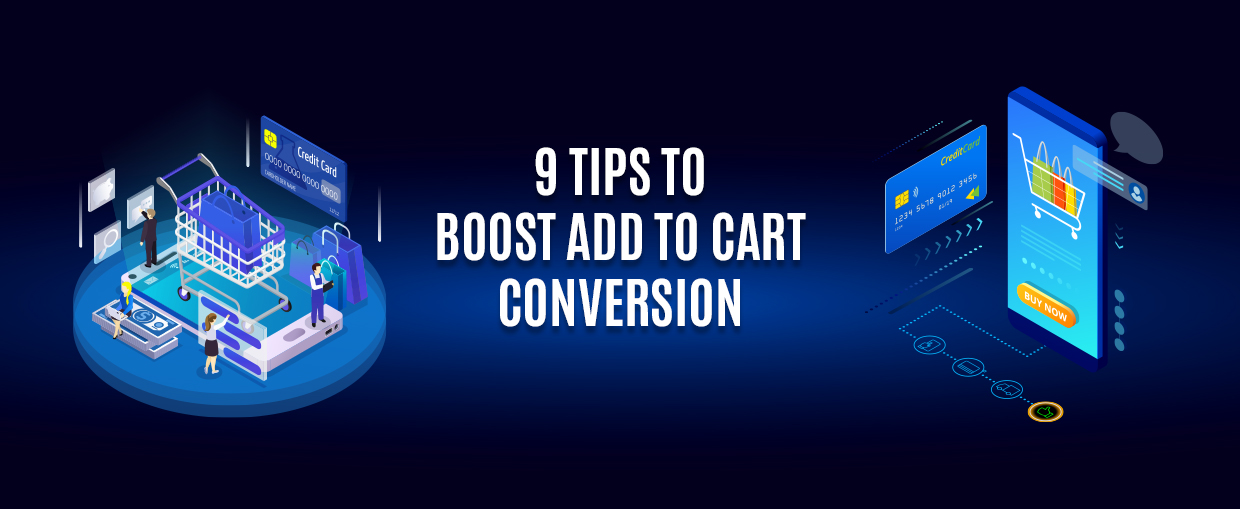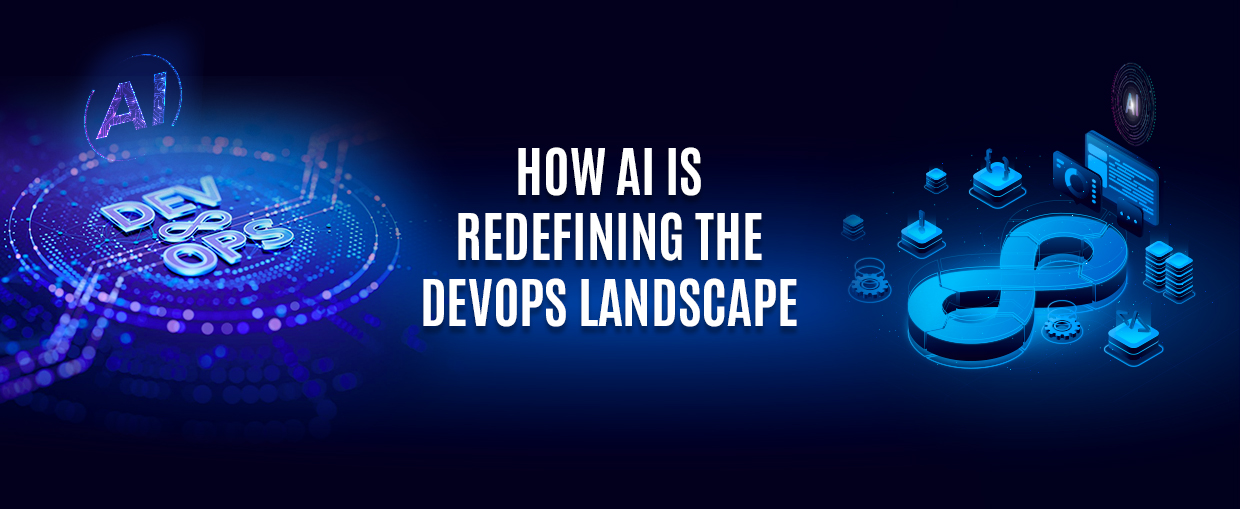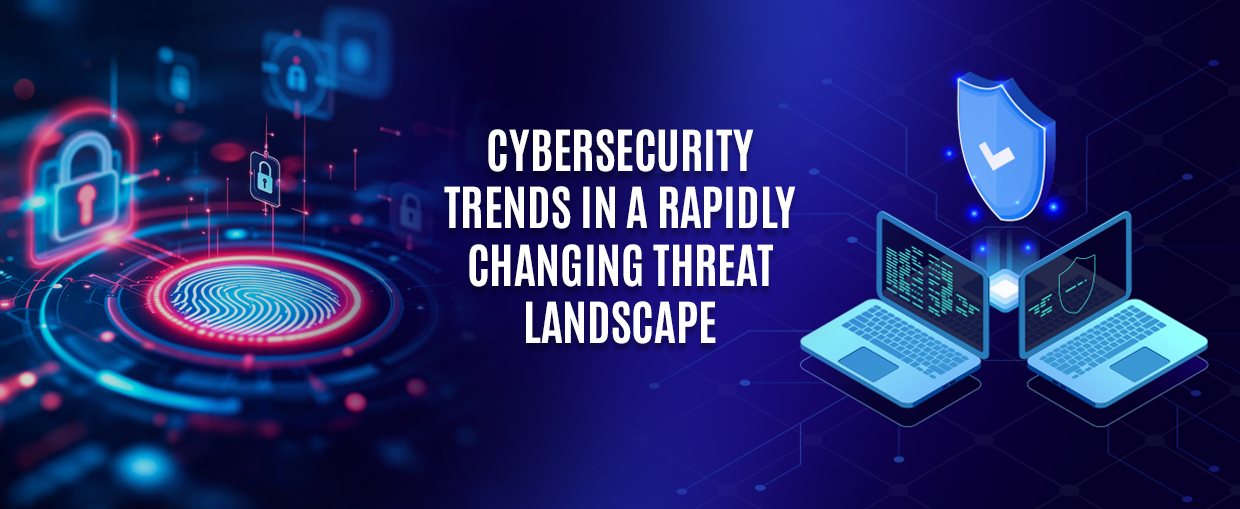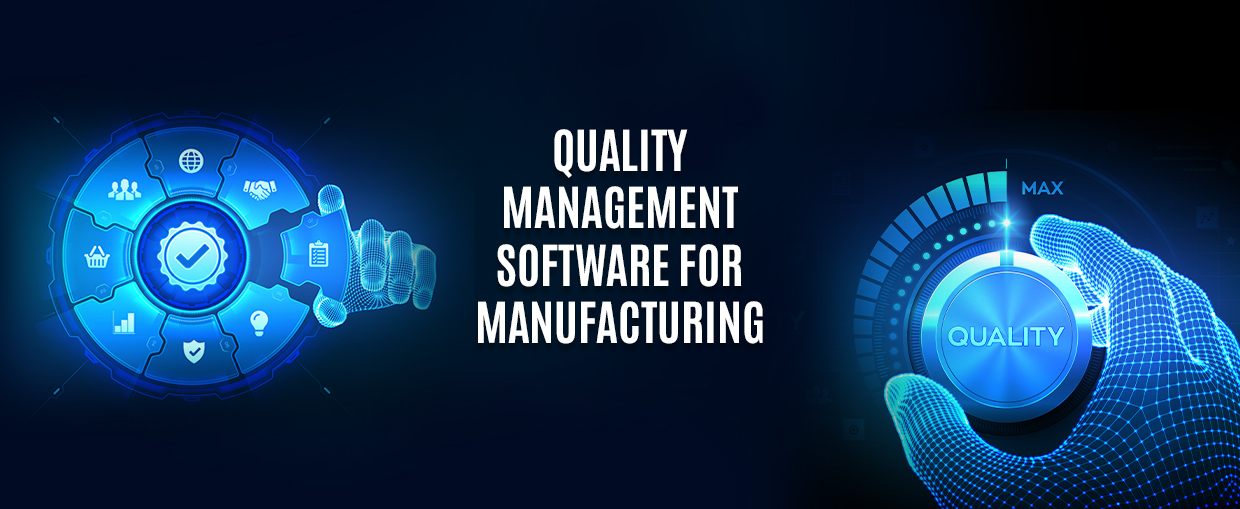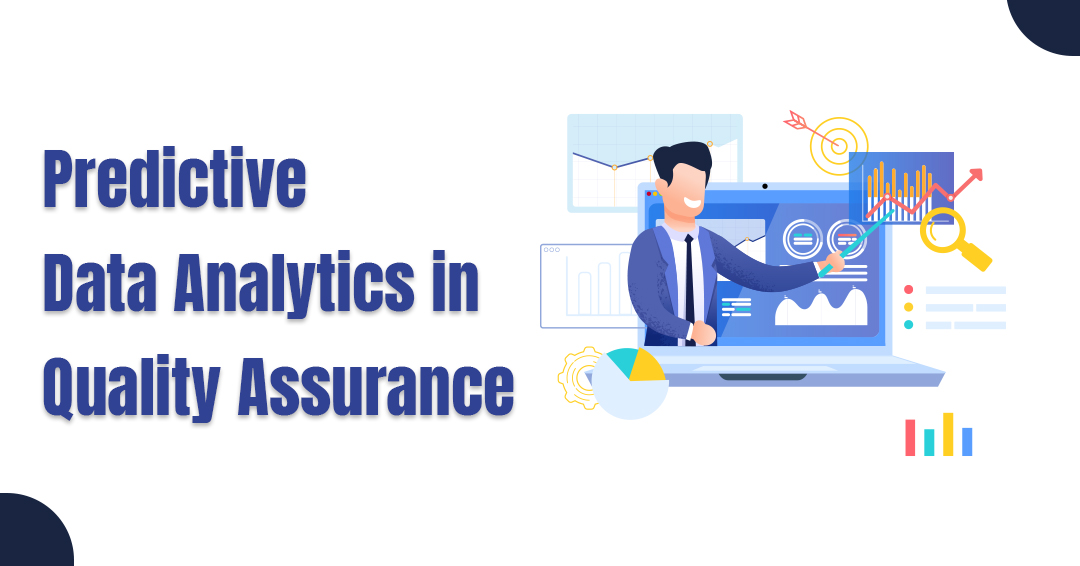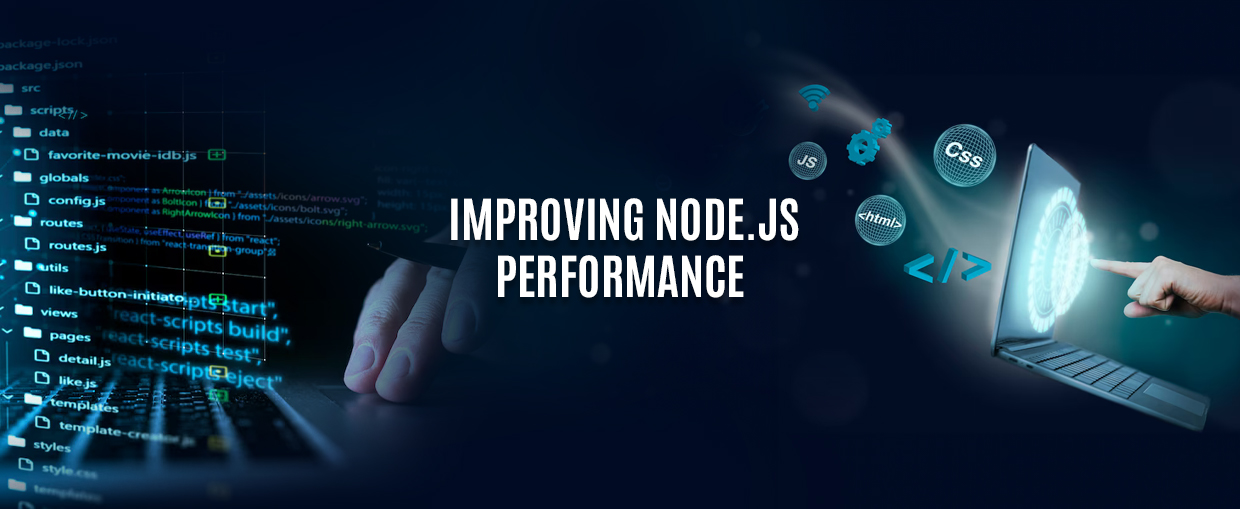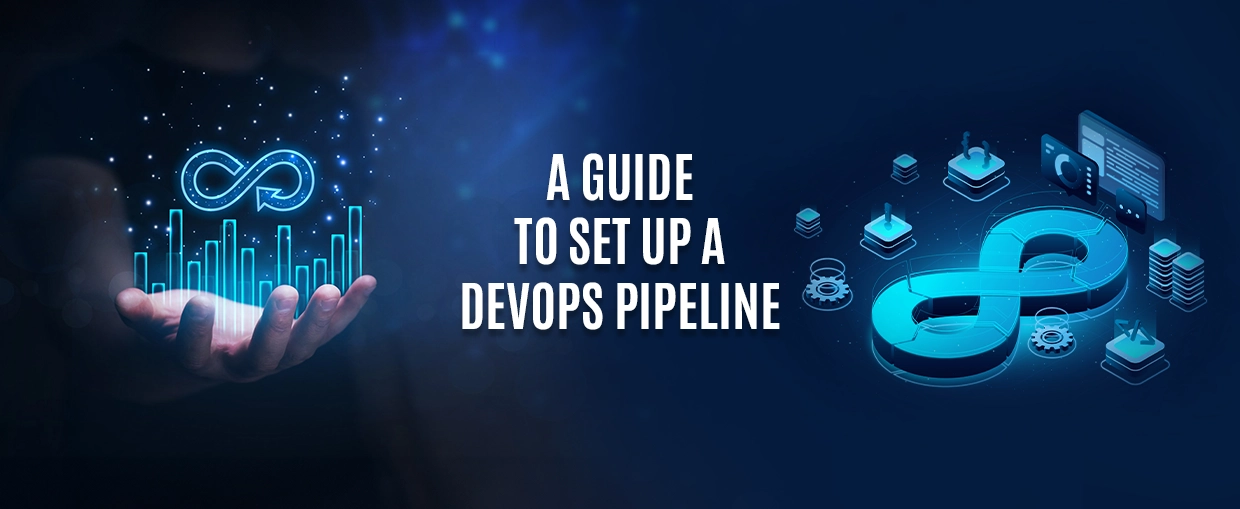The legacy software upgrade market is experiencing explosive growth right now. Assuming a 16.4% compound annual growth rate, the Application Modernization Services market, estimated at $19.7 billion in 2022, is expected to reach $66.4 billion by 2030. To remain competitive, businesses upgrade their apps to reflect new technological advancements and increasing business requirements. By utilizing innovative technology and approaches, they optimize productivity, user experience, and security while maintaining compliance with industry norms.
Do you wish to modernize your system? Let us explore in detail the significance of
enterprise application modernization and the top trends in app modernization to look for. We can also discuss the main strategies for improving your business operations.
Understanding Enterprise Application Modernization
The practice of upgrading outdated software with modern technology stacks is known as enterprise application modernization. To match the application with current business needs, it involves upgrading the internal architecture, platform infrastructure, languages, frameworks, and functionalities. This method is also known as legacy application modernization. The application modernization process increases the system’s lifespan by utilizing the most recent technological advancements, as opposed to replacing or discontinuing the system entirely.
Top 4 Reasons to Modernize Your Applications
Given below are a few reasons why you should consider enterprise application modernization and optimization.
- Competitive Benefits
In the highly competitive business environment of today, market leaders can be distinguished from laggards by their agility and innovation. Businesses can react swiftly to shifting consumer demands, market conditions, and competition threats with the help of modernized apps. Utilizing modern architectures, development methodologies, and deployment strategies, businesses may shorten time-to-market, adjust swiftly, and create innovative products and services that appeal to consumers and increase revenue.
- Cost Efficiency
High maintenance, support, and operational costs are often incurred by legacy applications, which drains resources that could be allocated to value-added operations and strategic projects. Through the merging of redundant systems, infrastructure optimization, and the adoption of affordable cloud-based alternatives, application modernization enables firms to cut back on their IT expenditures. Through process simplification, automation of labour-intensive tasks, and improved resource utilization, modernized systems may result in significant cost savings and operational gains.
- Intuitive User Experience
Offering outstanding customer experiences across all digital touchpoints has become a strategic focus for businesses across industries in this era of digital disruption and increased customer expectations. Encouraging, seamless, and intuitive user experiences that boost client happiness, loyalty, and advocacy are all made possible by modernized apps. By using modern technologies like artificial intelligence (AI), machine learning, and data analytics, businesses may gain deeper insights into the preferences, behaviours, and needs of their customers. This will help them anticipate and satisfy customer expectations more accurately.
- Innovation and Agility
Agility and innovation are hindered by monolithic designs, restrictive processes, and segregated data, which are common characteristics of legacy systems. By utilizing innovative architectures like microservices, containers, and serverless computing, application modernization enables businesses to get beyond these limitations. By isolating components, modularizing applications, and implementing DevOps concepts, businesses may increase their agility, scalability, and resilience. This will enable them to develop more quickly, experiment more freely, and respond more quickly to changing market conditions.
9 Enterprise Application Modernization Trends for Success
Given below are the top 9 application modernization trends that businesses should embrace in to stay ahead of market competition.
1. Microservices Architecture
With microservices architecture, large, complicated applications are divided up into smaller, independent services. Every service may be independently designed, deployed, and scaled, and each one performs a specific function. According to Gartner, by 2025, more than 85% of enterprises will have implemented a cloud computing strategy, and 95% of newly created digital workloads will be hosted on cloud platforms.
Increased flexibility and scalability can be provided by incorporating Microservices into your business solution. It guarantees quicker development cycles, easier maintenance, and effective adaptation to changing requirements.
2. Serverless Computing
One of the greatest app modernization trends that companies should think about implementing to modernize their apps is serverless computing. It enables developers to concentrate just on developing code, with the underlying infrastructure being managed by the cloud provider.
Developers do not need to provision or manage servers; instead, they pay for the computing resources utilized to execute code. By only charging for actual code execution, serverless computing simplifies development, lowers operational overhead, and offers cost savings.
3. Containerization and Kubernetes
Containerization ensures consistency across many contexts by packaging apps and their dependencies into separate containers. The deployment, scaling, and maintenance of containerized apps may be automated with the help of Kubernetes, an open-source container orchestration platform.
4. Low-code/No-code Development
Some of the recent app modernization trends that companies should take into account to modernize their current app include low-code and no-code development. Numerous platforms enable non-developers to create applications with little to no coding knowledge. These platforms give app developers access to pre-built components and visual interfaces that speed up application delivery, save development costs, and let companies react swiftly to shifting consumer needs.
5. AI and ML
Artificial Intelligence and machine learning are the two most widely used technologies that can assist you in gaining insights into user behaviour, whether you’re modernizing an e-commerce or banking application. Hire developers with AI and ML integration skills so they can automate tasks, analyze data, and make predictions in applications. Predictive analytics, recommendation engines, and chatbots with AI capabilities are a few instances.
Depending on the complexity of the business, the average cost to integrate AI and ML into your current app may range from $10,000 to $15,000.
6. Edge Computing
When searching for the best modernization trends, edge computing stands out as one of the most effective tactics for boosting app performance since it processes data closer to the source, lowers latency and enhances real-time processing. You may quickly improve the app’s responsiveness and reliability and make it appropriate for real-time analytics and remote locations by leveraging the abilities of professional developers.
7. Blockchain Integration
Whether it’s developing or updating an app for stock trading or Fintech, Blockchain integration is becoming a popular term among tech companies and businesses.
Businesses could enhance security and transparency in their data transactions by incorporating Blockchain technology. Applications pertaining to supply chain monitoring, digital currencies, and data security frequently use it. Applications requiring secure transactions and tamper-proof records will find it useful.
8. DevOps and Continuous Integration/Continuous Deployment (CI/CD)
Automated testing, integration, and deployment of code changes are made possible by DevOps practices and CI/CD pipelines, leading to faster and more reliable launches. How does it benefit businesses is the question. It accelerates feature upgrades and bug fixes, lowers errors, and simplifies development procedures.
9. Enhanced Security Measures
In addition to transforming organizations and granting access to customer data, digital solutions are also making cyber attacks more frequent. It’s time to update your apps with security-focused trends if you’re on the same edge. Businesses can search for strong security features, such as encryption, multi-factor authentication, and security testing, to improve app security. By using this technique, companies could simply protect sensitive information, build user confidence, and guarantee that data protection laws are strictly observed.
Application Modernization Challenges
Limitations of the Legacy System
Navigating the intricate details of legacy systems, which are often characterized by outdated technology, undocumented codebases, and interdependencies with other systems, is one of the most challenging parts of enterprise application modernization.
Modern programming languages, frameworks, and APIs cannot be supported by legacy systems, which makes it challenging to add or enhance functionality. Moreover, it could be challenging to isolate modernization-related components for outdated systems while preserving essential functions due to their close integration with other systems and business procedures.
Skill Deficits and Hiring Talent
Another significant challenge in modernizing applications is the shortage of experts who are proficient with emerging technology and procedures. Employers may find it difficult to find and retain workers with the required expertise in data science, cloud computing, DevOps, and cybersecurity. Moreover, the rapid advancement of technology demands constant retraining and upskilling, which worsens the talent shortage. A multifaceted strategy is required to address skill shortages and talent acquisition challenges. This strategy should involve investing in training and development initiatives, building connections with academic institutions, and creating strategic workforce plans.
Security and Compliance Risks
Strict security standards and regulations must be followed by modern apps in order to prevent data breaches, cyberattacks, and compliance issues. Modernization projects could, however, also lead to new security risks such as vulnerabilities, misconfigurations, and illegal access. A comprehensive approach that incorporates intrusion detection systems, effective access controls, encryption methods, and ongoing monitoring and audits is required to address security and compliance issues.
Best Strategies for Application Modernization
Assessment and Strategic Development
The key initial step in application modernization is to carry out a thorough assessment of the current infrastructure, systems, and processes to pinpoint areas for improvement and prioritize modernization initiatives. Technical, operational, and business factors like application architecture, performance, scalability, security, and compliance should all be considered in this evaluation. Businesses can develop a clear modernization strategy based on the evaluation results, taking into account their financial concerns, organizational objectives, and resource availability.
Choosing the Right Modernization Path
Modernization can be applied in a variety of ways, each with unique benefits, trade-offs, and concerns. Companies have the option to choose one or more of the following modernization ways:
- Re-hosting, sometimes referred to as “lift and shift,” is the process of moving outdated applications to a modern infrastructure platform, like containerization or cloud computing, with few changes made to the code or design of the application.
- Re-platforming is the process of modifying existing programs to make use of current frameworks, platforms, or services. Examples of this include serverless computing environments (like AWS Lambda) and container orchestration systems (like Kubernetes).
- Refactoring is the process of rebuilding and reorganizing existing applications to improve scalability, flexibility, and maintainability. It is also referred to as re-architecting. This could mean switching to new development tools and languages, employing cloud-native designs, or dissecting monolithic apps into smaller units called microservices.
- Rebuilding entails starting from scratch and applying new architectures, design patterns, and technologies to rewrite already existing programs. Although this approach can resolve past constraints and technology debt, it requires a significant time, financial, and skill investment.
The Exciting Future of Application Modernization
In the future, it is anticipated that technological innovation will occur at a faster pace, posing both opportunities and challenges for businesses as they begin their modernization journey. Emerging technologies like edge computing, 5G, quantum computing, and augmented reality (AR) will change the application landscape and open the door to new use cases, business models, and user experiences.
In order to be competitive in the rapidly evolving world of technology, businesses need to embrace a culture of innovation, agility, and continuous learning. To explore emerging technologies, test novel concepts, and predict future trends, invest in research and development, experimentation, and collaboration with ecosystem partners. To help your business survive in the face of uncertainty and upheaval, cultivate an organizational culture that is flexible and adaptable and that promotes creativity, and resilience.
Wrapping Up
The path to enterprise application modernization is paved with transformative opportunities and innovative strategies. By leveraging the expertise of a forward-thinking software development company, tapping into its cutting-edge app development services, and embracing the invaluable insights of QA consulting services, enterprises can navigate the complexities of modernization with confidence. Have any queries? Feel free to contact us!

